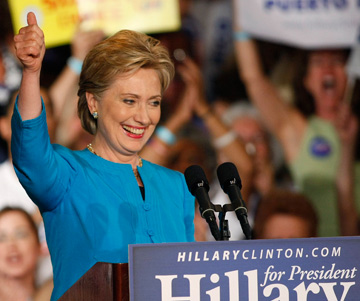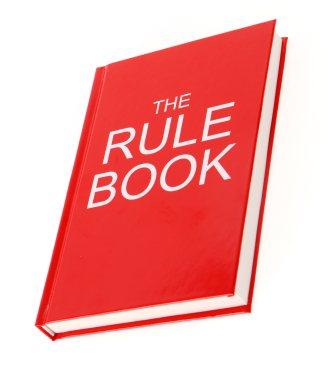
In, “A Show of Emotion That Reverberated Beyond the Campaign”, by Jodi Kantor in January 9th, 2008, Hillary Clinton teared up in an appearance at a New Hampshire coffee shop, which was seen as a “nakedly emotional plea for her candidacy” (Kantor). It was seen as a huge mistake on her part because for her position in running for a campaign. There is a certain emotion or stance that needs to be kept when working or running in politics. This could be seen as Arlie Hochschild’s idea of emotion work, “efforts to alter to alter the intensity or type of feelings one is, or should be, experiencing” (506, Appelrouth). Where Clinton is holding back her emotions regardless of her past, events of her husband and her failed healthcare initiative, because she wants to achieve the position she is after. Under emotion work there are three types of work: cognitive, bodily, and expressive. The three types of work can explain that as being related to “deep acting”. Their inner feelings can be different from their outward feelings, which in Clinton’s case, she could be feeling emotions from her personal life and political life, but she keeps an outward appearance different from it to keep her emotions under control as a politician.
“Mrs. Clinton has been a picture of steely public composure”, this gives an example that her emotional labor is what keeps her under strict control of her emotions. Hochschild’s emotional labor is where, “inner feelings are managed in order to produce an outward display as part of one’s job” (506, Appelrouth). Maintaining her identity as a politician and not only as a woman with feelings is important to keep her job.
 People on the other hand, tell that Clinton is being heartless for not showing any emotion, but then contradict themselves when she eventually does show emotion in her campaign. Hochschild would say that it would be singled out for a cause of her being heartless because of the idea of feeling rules. Feeling rules “are the shared, social conventions that determine what we should properly feel in a given situation, how intensely we should feel it, and how long we should feel it” (508, Appelrouth). There is a time and place for certain emotions to be produced. In the article they use the analogy of Queen Elizabeth’s stance on emotions. “The less emotion a leader shows, the more importance will be attached to those rare flashes of it” (Kantor). Clinton’s front and her stereotyping of needing to show more emotion, but at certain times can be compared to Hochschild’s idea of status shield. That because she is a women she is supposed to be more emotional and meet the emotional demands that are stereotyped of women, which are seen as weaker or of lower status. “The only way to counter the doctrine of feelings is to eliminate the more fundamental tie between gender and status” because women will still be seen as emotional and if they don’t, like Hillary Clinton, it makes them stand out more (513, Appelrouth).
People on the other hand, tell that Clinton is being heartless for not showing any emotion, but then contradict themselves when she eventually does show emotion in her campaign. Hochschild would say that it would be singled out for a cause of her being heartless because of the idea of feeling rules. Feeling rules “are the shared, social conventions that determine what we should properly feel in a given situation, how intensely we should feel it, and how long we should feel it” (508, Appelrouth). There is a time and place for certain emotions to be produced. In the article they use the analogy of Queen Elizabeth’s stance on emotions. “The less emotion a leader shows, the more importance will be attached to those rare flashes of it” (Kantor). Clinton’s front and her stereotyping of needing to show more emotion, but at certain times can be compared to Hochschild’s idea of status shield. That because she is a women she is supposed to be more emotional and meet the emotional demands that are stereotyped of women, which are seen as weaker or of lower status. “The only way to counter the doctrine of feelings is to eliminate the more fundamental tie between gender and status” because women will still be seen as emotional and if they don’t, like Hillary Clinton, it makes them stand out more (513, Appelrouth).
Great! I like the helpful use of images here, too! This is a great gender/emotions analysis of Hillary Clinton’s candidacy.